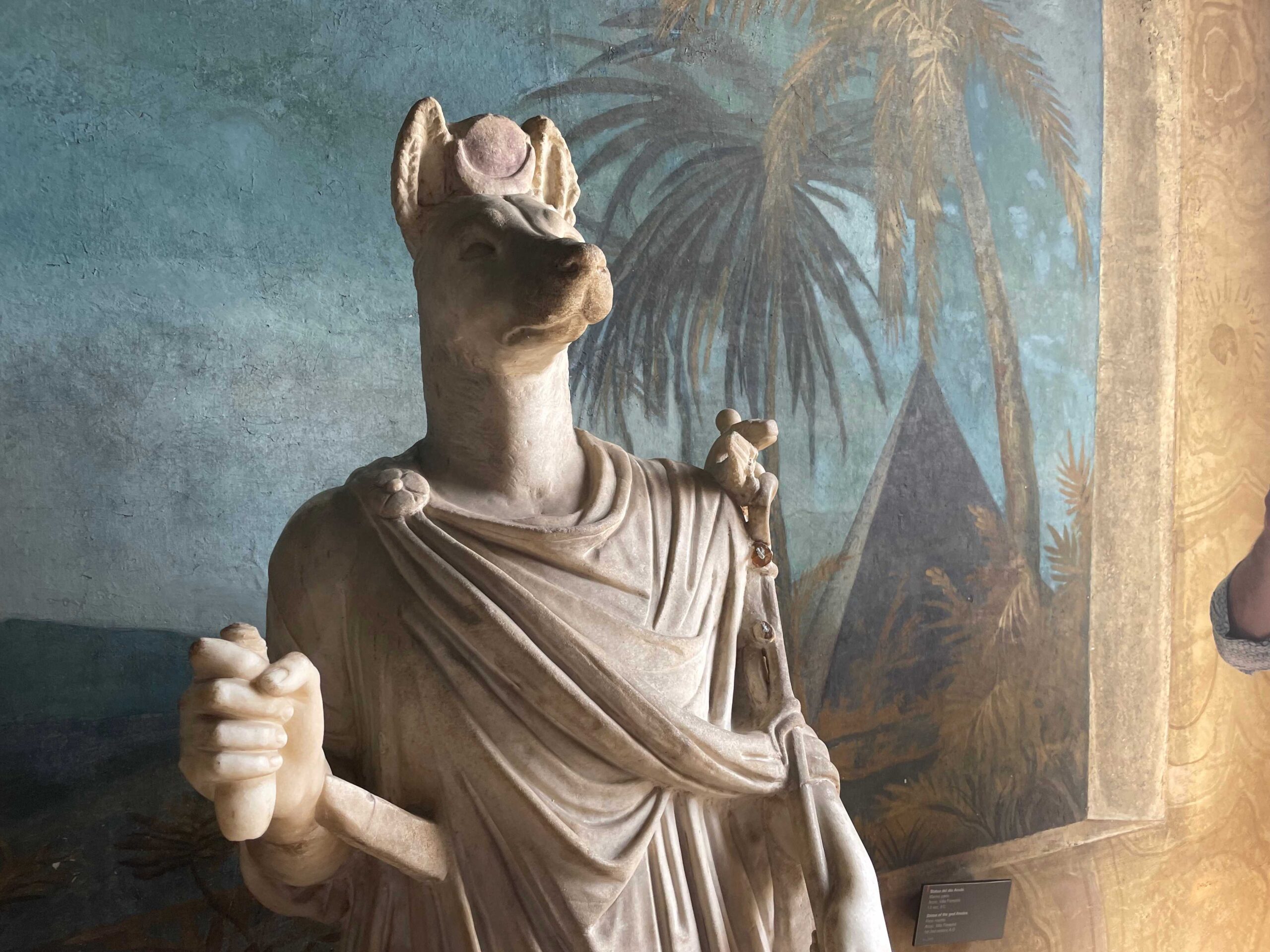Underneath Michelangelo’s the “Creation of Adam” fresco in the Sistine Chapel, an African cardinal in a COVID-era mask beckons dozens of tourists passing through the country of God.
“Silence,” says the religious figure.
Europeans in American brands made in China (Nike, Levi, Hollister) scuffle the Vatican, murmuring to one another in dozens of languages that had competed against one another for centuries, their current forms existing as reference points after histories (and lost histories) of conquest and assimilation.
“Silence,” repeats the cardinal in a lower tenure booming throughout the Vatican.
The room quiets.
“Let us pray,” says the cardinal, as he speaks in Latin, his words ancient, mirroring the Catholic Church’s walls of tradition (constantly renovated as illusion through the tools of the new), surrounding this stream of unconcealed modernity passing through in daily ritual.
The Catholic Church is the world’s oldest corporation sitting on the most valuable assets produced throughout the entirety of human civilization, holding close to 200 million acres of real estate, the largest non-governmental landholder in the world. The organization has likewise served as the corrupting force to genius, infusing its ideology into artistic symbols and works, turning European aesthetics into its own image, producing a monoculture throughout parts of Europe not unlike the modern-day homogenization of global capitalism. Michelangelo’s “Creation of Adam,” one of the most recognized and iconic artistic achievements, is at its core a commissioned piece by an institution with its footprint in every part of the world. Rendered secular themes in the work (God’s looming figure reflected as a brain, a heart, or both depending on one’s cognitive bias) are by design of Catholicism’s totality, existing within a predetermined framework intended to further mesh the absoluteness of God with human mechanisms, neutering secularism within the depiction, enforcing the ideology as dominant.

Like any corporation, Catholicism’s primary nature is expansion, and Africa as an emerging market has seen the greatest ROI for the entity’s leadership over the last decade; the continent has the fast-growing Catholic population in the world, and is expected to reach 350 million converts by 2050. The African cardinal in a face-mask before the contemporary masses, their unwashed rags replaced with both original and knockoff Louis Vuitton t-shirts, conducts a performance that is beginning, middle, and end to a historical process. Although Europe birthed Christianity, the countries which were once strongholds to this ideology went secular, turning Christian monuments into simulation, preserved relics for inquiry, questioning, and market exploitation.
Just as the Catholic Church is a corporation in the vein of McDonald’s, McDonald’s is a religion in the vein of the Catholic Church. They are by design engineered for endless expansion, serving as many loyal followers and casual visitors prepackaged products framed as solutions for satisfying hunger. They are both real estate empires rarely framed as such, though McDonald’s estimated 42,000-acre holding is paltry compared to the Catholic Church’s 200-million-acre footprint. Like the Catholic Church, McDonald’s operates philanthropic missions across nearly every continent, the company’s executives contending with the same conundrum as Catholicism’s Holy leadership: Now that we’ve exhausted our presence in every developed country, how do we enter developing countries, how do we lead emerging markets?

The Catholic Church boasts Michelangelo’s “Creation of Adam” and other commissioned artistic works as ideological canon to spread Catholicism’s influence. McDonald’s iconography includes an assortment of cartoon characters like Ronald McDonald, Grimace, and Hamburglar, designed by leading contemporary artists like Jim Schindler. Genius is again compromised by ideology. Catholicism (the representation of religion) and McDonald’s (the representation of corporatism) in their similarities reveal something innate in human nature: hierarchical structures continually finding new aesthetic expressions, forever tied to the same power structures producing inequality and control mechanisms.
Rome today functions as a sanitized Disneyland of historical tourism and commodification. Every building of cultural significance, from the Colosseum to the Pantheon, has since its founding remained both stagnant and in a perpetual state of renovation to preserve the stagnation (the paradox). In one of the many streets next to the Vatican, a newly erected secular Church (McDonald’s) serves as refuge for Louis Vuitton-clad visitors taking a break from repeating the same automated motions: converting artifacts from the Vatican and St. Peter’s Cathedral into simulacra with smartphones, a series of desecrations aimed at the illusion of something sacred (that they are led to believe is something other than ideological encampments represented as victors of history, stacked on top of one another through the forces of modernity), destroying representations of the real over-and-over-and-over again like Groundhogs Day. Those holding modern technology to these continually reengineered lumps of history do so now in face-masks, but the set-up mechanisms in Rome remain the same as they do in every international city: a physical territory, and its sanitized historical objects, attracts pilgrims who through cosplay connect themselves to a past built with narratives and ideology, destroying the aesthetic remains of this representation through a conversion process fed into hyperreality.
It is not hard to envision a future in which McDonald’s suffers a similar fate to the Catholic Church, wherein a philosopher declares its chokehold over the public consciousness dead in the vein of Nietzsche, leaving historians and new market forces to feast on the entity’s remains and further write and rewrite its history in service to ideology. Leaving the Sistine Chapel, the Vatican’s staff hawks branded merchandise like “Creation of Adam” t-shirts and coffee mugs which bring the country passive income. On a local Rome radio station, a newscaster speaks in Italian about a Confederate statue’s removal in Tennessee.



